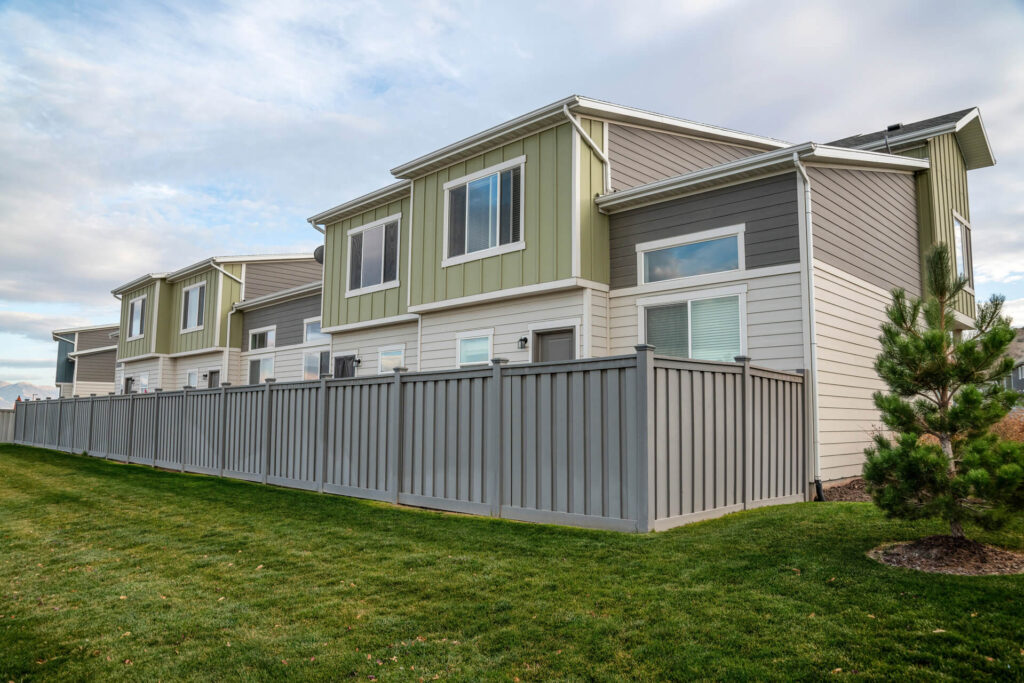
What is the Average Cost of a Siding Installation?
Considering siding for your home? The cost of siding installation is influenced by factors such as the size of your home, the type of siding material, and your location. Generally, the price for siding installation can range from $6,000 to $20,000. The total cost is contingent on several variables, making it essential to assess these factors to get a more accurate estimate for your specific project.
Find a local pro for your bathroom remodeling project.
Key Factors Impacting Siding Costs
- Size of the Home: Siding installation costs are based on the square footage of your home. The larger the size of your home, the higher the cost.
- Type of Siding Material: The type of siding material you choose can significantly affect the overall cost. Options such as vinyl, fiber cement, wood, and metal come with varying price points.
- Architectural Features: The presence of architectural features like windows, doors, and intricate designs can impact installation costs. Complex structures may require more detailed work and expertise.
- Number of Stories: The height and accessibility of your home can influence installation costs. Single-story homes are generally less expensive to install siding on compared to multi-story homes.
- Where You Live: The price of materials and labor will vary depending on where you live. Costs are typically higher in major cities than in rural areas.
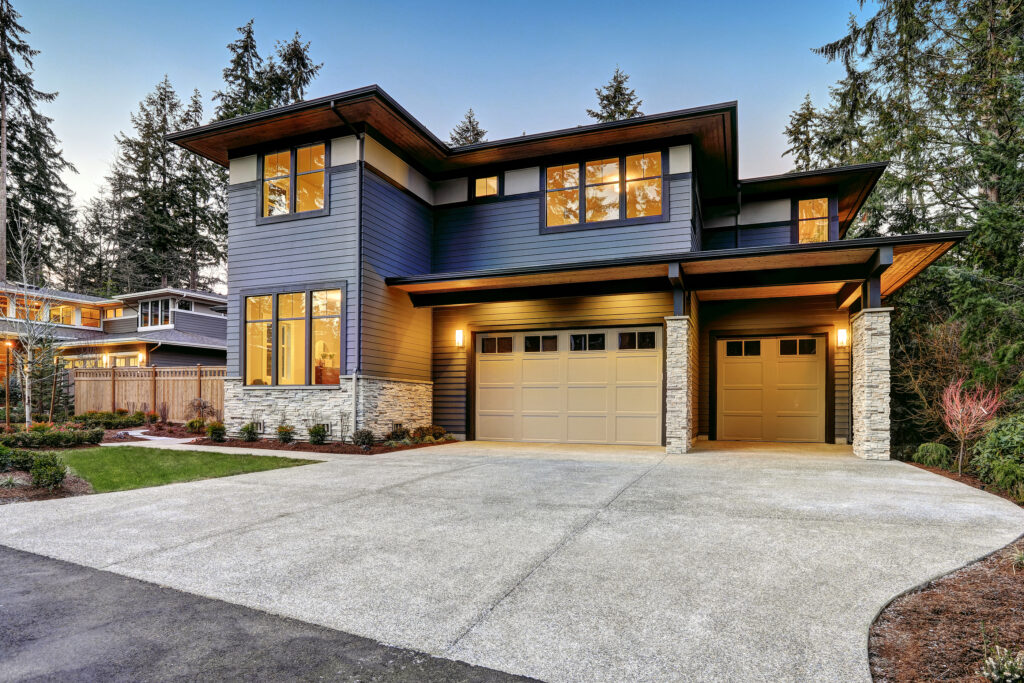
Siding – Costs Calculator
Considering siding for your home? The cost of siding installation is influenced by factors such as the size of your home, the type of siding material, and your location. Generally, the price for siding installation can range from $6,000 to $20,000. The total cost is contingent on several variables, making it essential to assess these factors to get a more accurate estimate for your specific project.
Average Cost of Various Siding Materials
When it comes to siding installation, selecting the right siding material is a pivotal decision that influences both the aesthetic appeal and durability of your home.
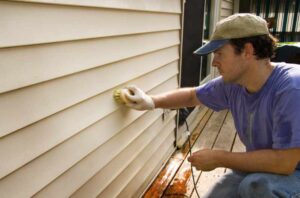
Affordable and Low Maintenance. Vinyl siding is a popular choice due to its affordability, versatility, and low maintenance. It comes in various styles and colors, offering a cost-effective and durable option.
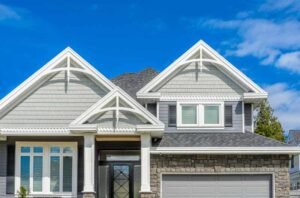
Durable and Weather-Resistant. Fiber cement siding is known for its durability and resistance to weather conditions. It mimics the look of wood but requires less maintenance, making it a reliable choice for homeowners.

Natural Beauty with Maintenance. Wood siding brings a warm and natural appearance to homes. While it requires more maintenance, it’s favored for its timeless aesthetic and eco-friendly qualities.
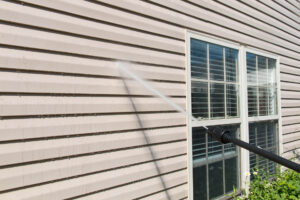
Modern and Long-Lasting. Metal siding, often made of steel or aluminum, provides a modern and sleek look. It is resistant to pests and weather conditions, offering a durable and long-lasting option.

Enhancing Energy Efficiency:
Elevate your home’s energy efficiency by selecting siding materials designed to provide optimal insulation. Insulated vinyl sidings, for instance, create a thermal barrier, reducing heat loss in the winter and heat gain in the summer. This not only enhances your comfort but also contributes to lower energy bills. Explore engineered wood sidings with natural insulating properties, adding an extra layer of protection against temperature fluctuations. By choosing siding that prioritizes energy efficiency, you’re not only investing in your immediate comfort but also making a sustainable choice that benefits both your household and the environment.
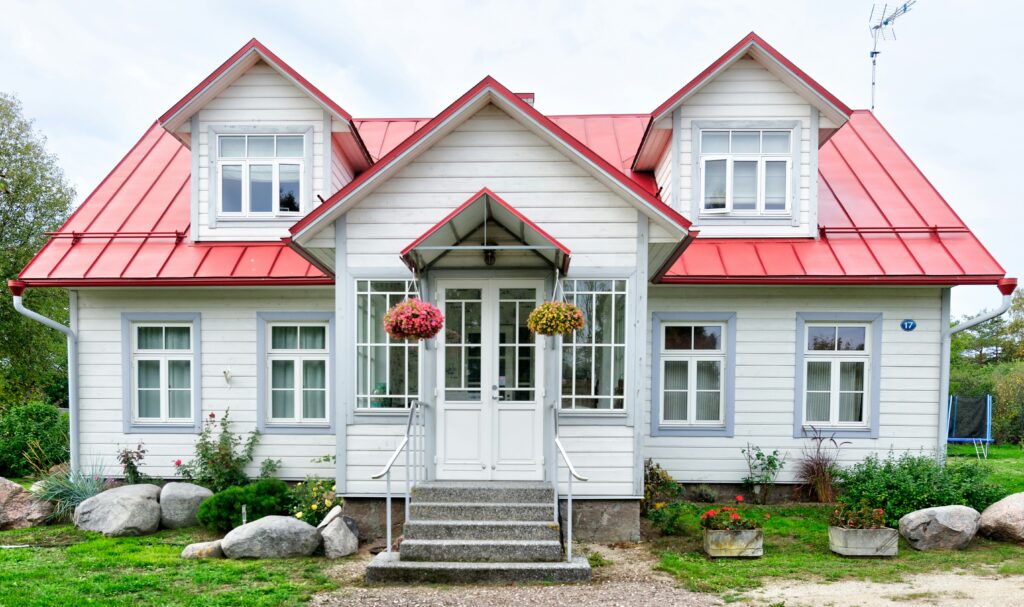
Customization for Unique Architectural Styles:
Every home has its own architectural personality, and your siding should complement and enhance its unique features. Explore customizable siding options that allow you to tailor the appearance to match your home’s architectural style. From traditional lap siding to modern vertical panels, choose a design that seamlessly integrates with your home’s character. Additionally, consider mixing materials or incorporating decorative elements like trim and molding to add a personalized touch. Customization ensures that your siding not only provides protection but also becomes a distinctive expression of your home’s identity, making a lasting impression on both visitors and passersby.
Considerations Based on Location and Siding Incentives
The location of your home plays a crucial role in the feasibility and cost-effectiveness of siding installation. Additionally, some regions may offer incentives, rebates, or tax credits to promote energy-efficient siding choices. Understanding these factors ensures a decision that aligns with both environmental goals and financial considerations.
Environmental Impact of Siding
Siding is not just about aesthetics; it also contributes to the energy efficiency and environmental impact of your home. Choosing energy-efficient siding materials can enhance insulation and reduce your carbon footprint.
Return on Investment (ROI) and Energy Savings
While the upfront costs of siding installation are a consideration, it’s crucial to evaluate the long-term benefits. Quality siding improves insulation, leading to potential energy savings and increased home value. Calculate the potential return on investment over the years to make an informed decision.
To further assist you in making an informed decision, we’ve prepared a comprehensive chart breaking down the average costs of different siding materials. This visual guide provides a clear overview of the upfront expenses associated with each material, allowing you to compare and contrast based on your budget and preferences:
| Siding Material | Average Cost per sq ft |
|---|---|
| Vinyl | $3.50 - $7.50 |
| Fiber Cement | $6.00 - $10.00 |
| Wood | $7.00 - $12.00 |
| Metal | $8.00 - $15.00 |
Calculating Siding Installation Labor Costs:
- Determine Total Cost: Identify the total cost of your siding installation project, including both materials and labor.
- Subtract Material Cost: Subtract the cost of materials from the total project cost. The remaining amount represents the labor cost.
- Consider Government Incentives: Take into account any government incentives, rebates, or tax credits that may offset the overall cost.
Examples:
Vinyl Siding Installation:
- Total Project Cost: $8,000
- Material Cost: $3,000
- Labor Cost: $5,000
- Government Incentives: $1,000
- Net Labor Cost: $5,000 – $1,000 = $4,000
Fiber Cement Siding Installation:
- Total Project Cost: $12,000
- Material Cost: $6,000
- Labor Cost: $6,000
- Government Incentives: $1,500
- Net Labor Cost: $6,000 – $1,500 = $4,500
Factors Influencing Labor Costs:
- Location: Labor rates differ by region, reflecting variations in the cost of living and demand for skilled labor.
- Siding Material: Different siding materials may require distinct installation techniques, affecting labor costs.
- Architectural Features: The complexity of architectural features influences the time and skill needed for installation.
- Additional Features: Features like trim work, intricate designs, or customized installations may increase labor requirements, impacting costs.
Remember that these examples are simplified, and actual costs may vary. It’s advisable to obtain quotes from local siding installation contractors to get a more accurate estimate tailored to your specific project and location. Always consider the expertise and reliability of the siding professionals you choose, as quality installation is paramount for the durability and performance of your siding.
Maintenance and Lifespan of Siding
Siding materials have varying maintenance requirements and lifespans. Understanding the expected lifespan and maintenance needs of your chosen siding material adds to the cost-effectiveness and convenience of your home improvement project.
Community and Local Regulations
Be aware of community regulations and local policies regarding siding installation. Some areas may have specific guidelines or incentives for energy-efficient siding projects. Understanding these regulations ensures a smooth and compliant installation process.
Choosing the Right Siding Installation Company
Selecting a reputable and experienced siding installation company is crucial for the success of your project. Research local companies, read reviews, and request quotes from multiple providers to ensure you choose a reliable and skilled team. Quality installation not only guarantees optimal performance but also contributes to the longevity and aesthetics of your home.

No-Hassle Siding Installation Process
- Free Quotes on All Services
- Top-Rated Remodeling Pros
- Licensed & Certified Installers
- Industry-Leading Warranties
- 100% Satisfaction Guaranteed
- Local Contractors in Your Area
PROmatch
Find a local pro for your project.